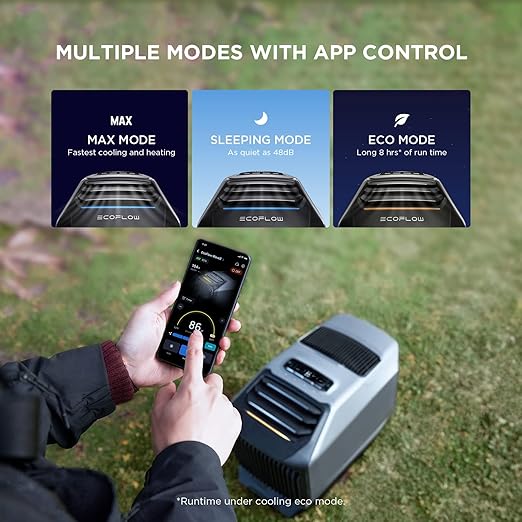Principle of Water-Cooled Air Conditioners
When standing on the beach, people often feel especially cool when a gentle sea breeze blows. This is because the sea water absorbs heat from the air and evaporates, lowering the air temperature and creating a refreshing, cool breeze. Evaporative air conditioners, a new generation of environmentally friendly and energy-efficient cooling systems, are based on this natural phenomenon. They combine nature’s principles with advanced evaporative refrigeration technology to provide a more sustainable cooling solution.
Advantages of Water-Cooled Air Conditioners
- Low Investment and High Efficiency
Water-cooled air conditioners are cost-effective and deliver high performance. - Energy Efficient
These systems consume very little power, using only 1 kWh of electricity per hour. They are environmentally friendly, operating without Freon refrigerant and producing no heat pollution. - Large Cooling Capacity
These units can deliver up to 18,000 cubic meters of cool air per hour, with strong wind pressure and wide air distribution. - Fully Automated Control
The air conditioners feature automatic electronic control and an automatic cleaning function. - Low Noise, High Efficiency
Equipped with a three-impeller, airfoil-shaped forward-swept curved blade, the system operates quietly while maintaining high efficiency. - Powerful Cooling Ability
The 100mm thick, multi-layered corrugated fiber composite wet curtain enhances cooling efficiency. - Multi-Functionality
These air conditioners combine ventilation, dust prevention, deodorization, and cooling in one system. - Improved Air Quality
They increase oxygen levels in the air, which can help improve work efficiency. - Flexible Air Supply Options
Choose between natural air supply or post-air supply, with both DC and frequency conversion options available. - Humidity Adjustment
For certain environments that require increased humidity, these air conditioners can adjust humidity levels.
How to Install Water-Cooled Air Conditioners
Installation Methods
Water-cooled (evaporative) air conditioners can be installed in several ways, including:
- Wall installation
- Window installation
- Floor installation
- Star-tile roof installation
- Mobile plug-and-play (no installation required)
The installation type can vary, depending on the desired air supply method:
- Direct air supply (no ducting)
- Ducted air supply
- Partial (regional) air supply
Technical Requirements for Installation
- Use a 40404 angle iron frame to secure the unit to the wall or window panel using bolts.
- Seal all gaps with glass glue and cement sand to prevent leaks.
- The cross-sectional area of the air supply pipe should not be less than 0.45 square meters.
- Ensure that the welding and installation of the triangular bracket are firm and secure.
- The mounting bracket and the unit must be level to ensure proper operation.
- Exterior wall ducts must be waterproofed.
- Use shock-proof pads between the bottom of the main unit and the bracket.
- The roof or shed must be strong enough to support the weight of the air conditioner.
- The roof opening should not exceed the size of the air duct by more than 20mm, to ensure proper waterproofing.
- Provide adequate air intake and maintenance space for the installation.
- The size and cross-sectional area of the air duct entering the wall or window should be appropriate for the installation site, but no less than 0.45 square meters.
- The remote control receiving box should be connected to the communication line from the air outlet pipe and installed in a location where it can easily receive signals. A 22mm hole should be drilled in the air outlet pipe for proper installation.
Technical Requirements for Side-Air Installation
- Secure the unit using a 40404 angle iron frame and reinforced concrete bolts. Install rubber pads between the angle iron frames to reduce vibration. Seal all gaps with glass glue or cement mortar.
- Ensure that roof trusses are strong enough to support the weight of the air conditioner and maintenance personnel.
- Weld and install the triangular bracket securely.
- Ensure that the installation is within allowable horizontal displacement tolerances.
- Waterproof all openings on the exterior walls.

